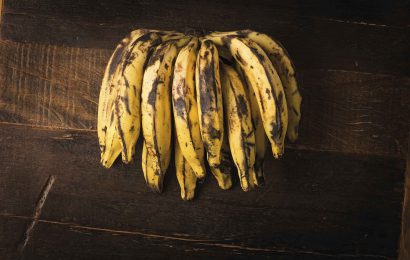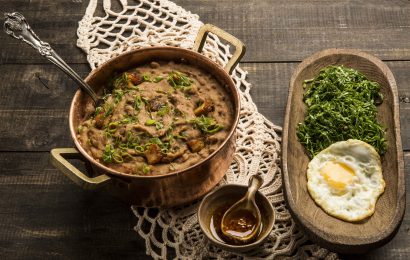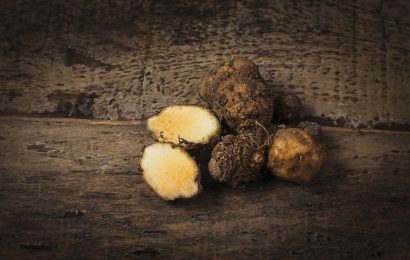The importance of this ingredient in the colonization and development of Brazil was such that the sociologist Gilberto Freyre devoted an entire book to it: Açúcar (Sugar), first published in 1939. In the third edition, from 1986, hee writes that the product “sweetened so many aspects of Brazilian life that one cannot separate it from national civilization”. The manufacture of sugar stared with the introduction of sugar mills in the captaincies of São Vicente and Pernambuco, back in the sixteenth century, and has favored the flourishing of an elaborate confectionery, dessert and pastry tradition, capable of taking advantage of the immense variety of fruits available to produce an endless series of recipes for jams, preserves, confections, puddings, and cakes, among many other alchemies. Point out the most representative Brazilian sweets is an impossible task. Coconut blancmange? Guava paste? Green fig compote? Bolo de fubá (corn meal cake)? There are as many classic delicacies as there are recipe notebooks stored in every home in the country. As Câmara Cascudo writes in his História da alimentação no Brasil (History of Food in Brazil), “Brazilians have never given up sweetening the mouth after salting the stomach”. In the North region, especially in Acre, a variety of brown sugar called gramixó is produced from boiled sugar cane juice.
Privacy Overview
This website uses cookies to improve your experience while you navigate through the website. Out of these, the cookies that are categorized as necessary are stored on your browser as they are essential for the working of basic functionalities of the website. We also use third-party cookies that help us analyze and understand how you use this website. These cookies will be stored in your browser only with your consent. You also have the option to opt-out of these cookies. But opting out of some of these cookies may affect your browsing experience.
Advertisement cookies are used to provide visitors with relevant ads and marketing campaigns. These cookies track visitors across websites and collect information to provide customized ads.
Analytical cookies are used to understand how visitors interact with the website. These cookies help provide information on metrics the number of visitors, bounce rate, traffic source, etc.
| Cookie | Duration | Description |
|---|---|---|
| cookielawinfo-checkbox-analytics | 11 months | This cookie is set by GDPR Cookie Consent plugin. The cookie is used to store the user consent for the cookies in the category "Analytics". |
Functional cookies help to perform certain functionalities like sharing the content of the website on social media platforms, collect feedbacks, and other third-party features.
| Cookie | Duration | Description |
|---|---|---|
| cookielawinfo-checkbox-functional | 11 months | The cookie is set by GDPR cookie consent to record the user consent for the cookies in the category "Functional". |
Necessary cookies are absolutely essential for the website to function properly. These cookies ensure basic functionalities and security features of the website, anonymously.
| Cookie | Duration | Description |
|---|---|---|
| cookielawinfo-checkbox-necessary | 11 months | This cookie is set by GDPR Cookie Consent plugin. The cookies is used to store the user consent for the cookies in the category "Necessary". |
| viewed_cookie_policy | 11 months | The cookie is set by the GDPR Cookie Consent plugin and is used to store whether or not user has consented to the use of cookies. It does not store any personal data. |
Other uncategorized cookies are those that are being analyzed and have not been classified into a category as yet.
| Cookie | Duration | Description |
|---|---|---|
| cookielawinfo-checkbox-others | 11 months | This cookie is set by GDPR Cookie Consent plugin. The cookie is used to store the user consent for the cookies in the category "Other. |
Performance cookies are used to understand and analyze the key performance indexes of the website which helps in delivering a better user experience for the visitors.
| Cookie | Duration | Description |
|---|---|---|
| cookielawinfo-checkbox-performance | 11 months | This cookie is set by GDPR Cookie Consent plugin. The cookie is used to store the user consent for the cookies in the category "Performance". |



